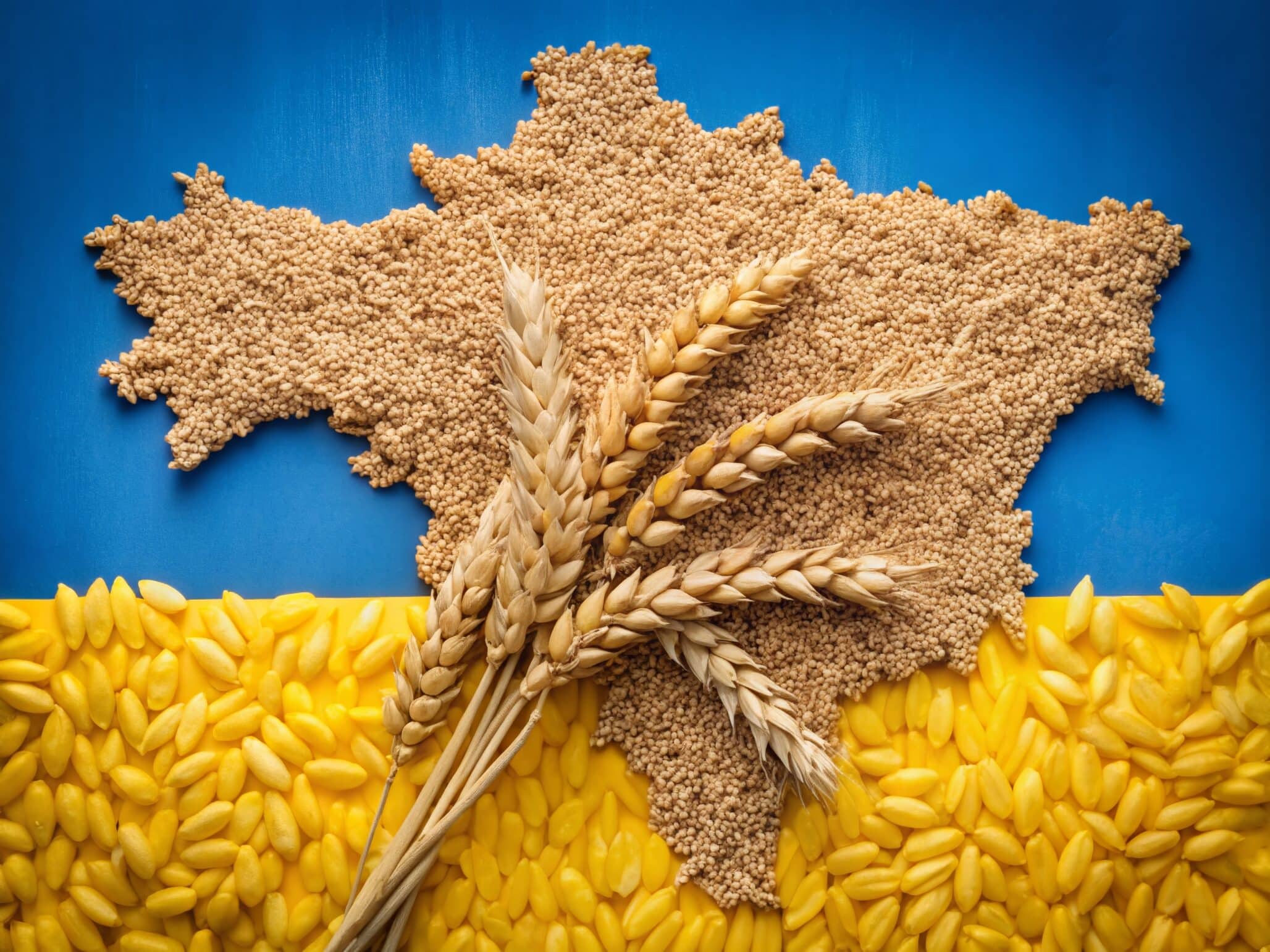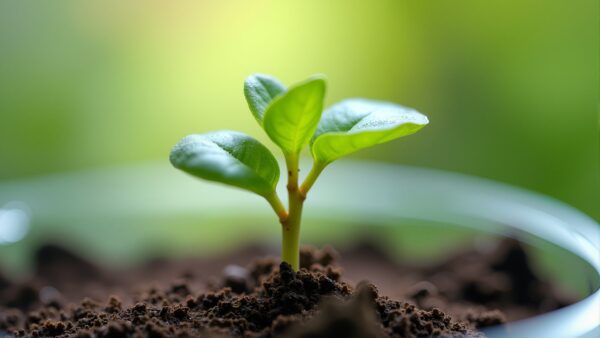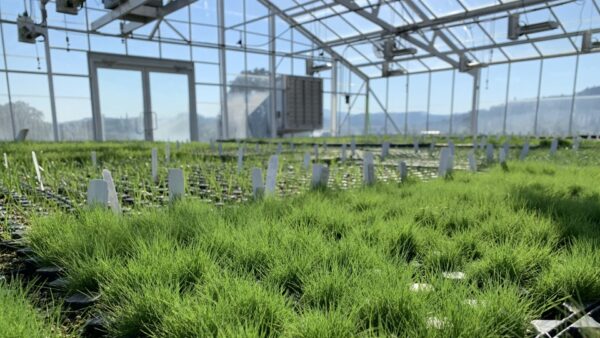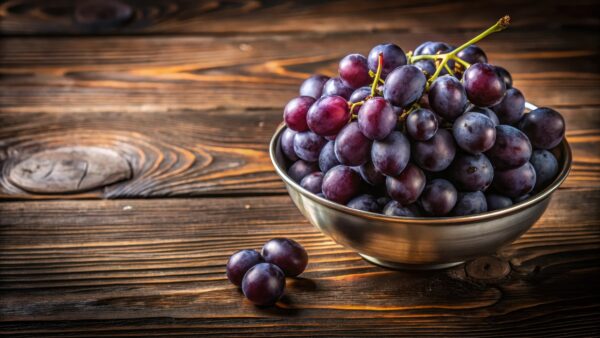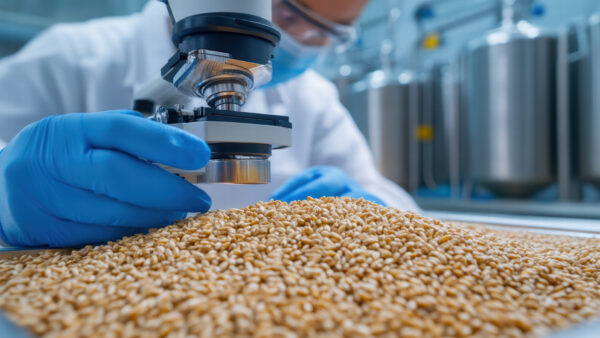A report from the Center for Strategic and International Studies reveals that agriculture and food security are central to Russia’s war strategy. Ukraine’s agricultural sector has been a major target of Russia’s attacks since February 2022. Ukraine’s agricultural production, exports, and GDP have declined as a direct result. Russia’s invasion of Ukraine has also led to historic disruptions to global agriculture, energy, and fertilizer markets, with food insecurity increasing among millions as a result.
Russia has exploited food insecurity in low- and lower-middle-income countries for its benefit in two ways: (1) by aiming to decrease (or even eliminate) Ukraine as a source of food for these countries, thereby decreasing Ukraine’s potential influence in these places, and (2) by increasing these countries’ reliance on Russia as a source of food, thereby increasing Russia’s influence. Since 2022, Russia’s production and exports of key agricultural commodities have risen, while Ukraine’s have decreased. However, the exact regions where Russia has grown its exports and where Ukraine has lost market share remain unclear.
Similarly, identifying trends in Russia’s fertilizer exports has been challenging. This white paper leverages the best available data to analyze shifts in Ukraine and Russia’s agricultural exports and trading partners for wheat and corn, along with trends in Russia’s fertilizer exports since February 2022.
This report examines the impact of the war on Ukraine’s crop production, exports, and trade flows, highlighting how the Russian invasion has severely affected Ukraine’s agricultural sector, which has been a primary target of Russia’s attacks since February 2022.


